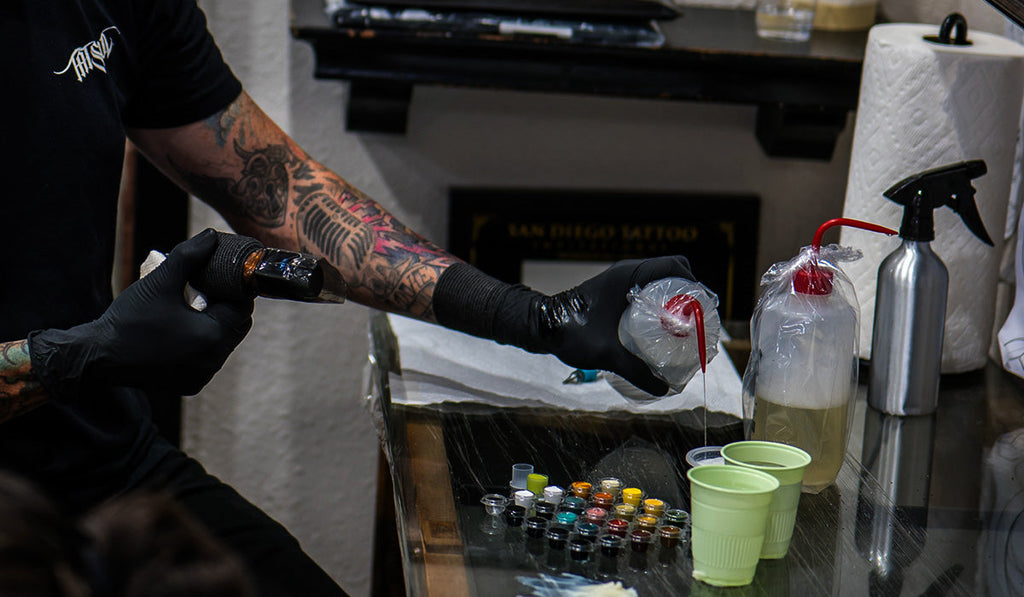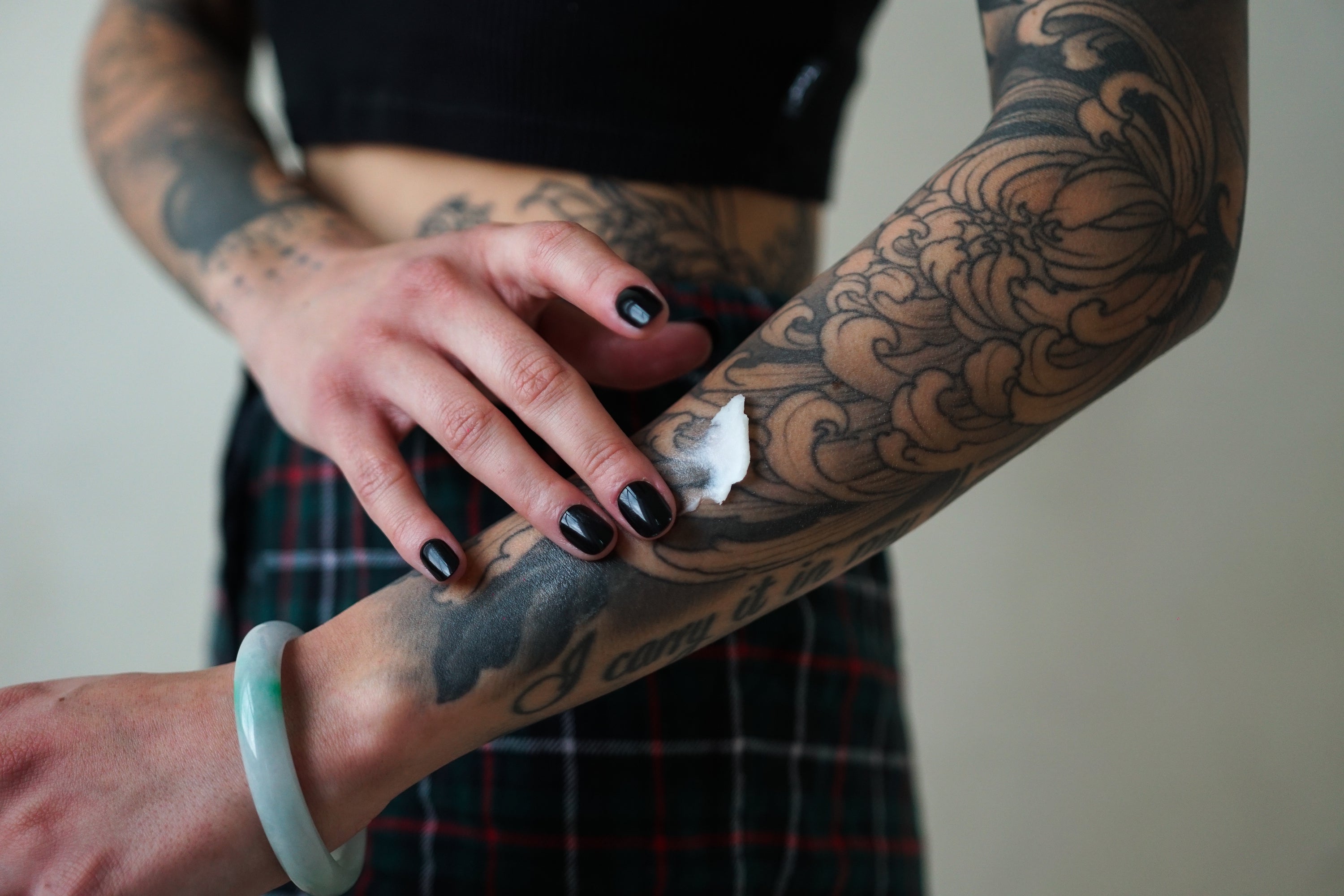Tattooing is one of the world’s oldest art forms. From the sacred tattoos of ancient Egypt to the tribal markings of indigenous cultures, the act of placing ink beneath the skin carries deep cultural, spiritual, and personal meaning. But as tattooing evolves—from sharpened bone tools to wireless tattoo machines and modern tattoo pens—so does the responsibility of the artist.
If you’re a new tattoo artist entering this timeless craft, understanding the legal and safety standards is not only required by law but also crucial to building a trustworthy reputation. In this article, we’ll connect the ancient spirit of tattooing with the modern-day essentials that every tattoo artist needs to practice safely and legally.

Know Your Local Tattoo Laws
Before you pick up your tattoo pen or coil tattoo gun, you need to understand the legal requirements in your area. Tattoo laws vary by country, state, and even county. Some common legal requirements include:
- Tattoo artist licensing
- Bloodborne pathogens certification
- Studio registration and inspections
- Age verification laws (e.g., no tattoos for minors under 18)
In some regions, using tools like a rotary tattoo machine without a license can result in heavy fines or even permanent disqualification. Ignorance is not an excuse, especially in a field where health and hygiene are critical.
Tip: Check your local health department or governing body’s website to get official licensing requirements.
Follow Strict Sanitation Protocols
While ancient tattoos were often applied with natural materials, today’s equipment must meet strict hygiene standards. All tattoo artists are responsible for preventing cross-contamination and infection.

Essentials for safe practice:
- Use sterilized tattoo shading needles for each client
- Wear gloves at all times
- Disinfect surfaces and equipment after each session
- Use disposable ink caps and razors
- Dispose of needles in approved sharps containers
Modern tools like lightweight tattoo pens or the best rotary tattoo machine often allow for easier cleaning and needle swapping, but only if used correctly.
Fun fact: Ancient tattoo tools—like bone or obsidian needles—could harbor bacteria. Today, poor hygiene practices can still lead to hepatitis, staph infections, or worse.
Choose the Right Equipment and Inks
In ancient cultures, ink came from burnt wood, crushed berries, or soot. Today, artists have access to high-quality pigment—but not all are created equal.
Key equipment considerations:
- Use black black tattoo ink from trusted brands to ensure safety and long-lasting results
- Choose beginner-friendly machines, such as a rotary tattoo machine or best wireless tattoo machine, which are quieter and easier to control
- Invest in a lightweight tattoo setup to reduce fatigue and increase precision, especially during long sessions
- Understand the difference: coil tattoo machines offer punchy hits for lining, while rotary machines are often better for shading
Pro Tip: If you're new, start with versatile machines that can handle both lining and shading until you develop a preference.
Always Use Consent Forms and Document Procedures
In ancient times, tattoos often served as rites of passage or spiritual rituals—no paperwork required. But in today’s world, consent and documentation are everything.
Here’s what you should implement:
- Written client consent forms
- Medical history disclosure
- Design approval documentation
- Aftercare instructions (written and verbal)
These documents protect both you and your client. They’re essential in case of allergic reactions, infections, or legal disputes.
Plus, keeping a record of each tattoo helps with follow-up sessions and portfolio building.
Educate Your Clients on Aftercare
Tattoo aftercare isn’t just good practice—it’s a legal and ethical responsibility.
While ancient tattoos relied on oils or herbs to soothe the skin, today we know that improper healing can lead to infection, fading, and scarring. Make sure your clients leave your studio knowing exactly what to do.

Standard aftercare includes:
- Keeping the tattoo clean and dry
- Avoiding sun exposure
- Applying approved ointments
- Avoiding picking or scratching during the healing process
Provide printed or digital aftercare instructions, and walk clients through them before they leave.
From Ancient Art to Modern Craftsmanship
Tattooing has always been more than decoration—it’s identity, belief, and expression. As a modern tattoo artist, your job is to uphold this ancient tradition while practicing with the highest standards of safety and legality.
Equipped with the right knowledge, the right tools—from tattoo pens to best tattoo guns—and a mindset of lifelong learning, you’re not just creating art. You’re honoring thousands of years of human expression while safeguarding the well-being of your clients.
✅ Suggested Products:
Looking to get started with professional-grade gear?
Explore our Best Wireless Tattoo Machine and Tattoo Kit for Beginners collections for tools that combine tradition with technology.









Share:
2025 Tattoo Trends & Tips for Aspiring Artists
Tattoo Prices Explained: How Much Does a Tattoo Cost in 2025?